1. Audience Targeting
AI enhances audience targeting by analyzing vast consumer datasets to pinpoint specific segments most likely to respond to an ad. Machine learning models can cross-reference demographics, browsing behavior, purchase history, and interests to form micro-segments that human analysts might miss. By predicting which audiences have high purchase intent, AI allows marketers to allocate spend toward the most receptive groups. This data-driven targeting improves relevance for consumers (they see ads aligned with their interests) and boosts efficiency for advertisers by reducing wasted impressions on uninterested audiences. Overall, AI-driven audience segmentation leads to more effective campaigns and a higher return on ad spend through precision targeting and personalization.
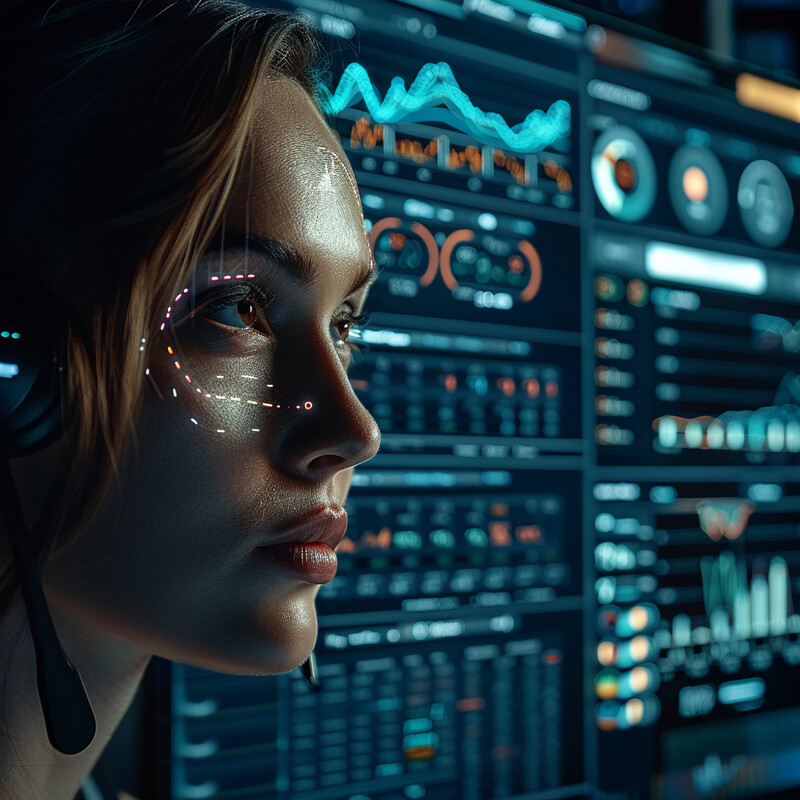
A recent industry study illustrates the impact of AI in audience targeting. Bain & Company found that retailers using AI-driven audience targeting in their campaigns achieved a 10–25% increase in return on ad spend compared to their previous approaches. In practice, this means that by letting AI algorithms identify and target high-value customer segments, marketers significantly improved the efficiency of their ad spend and drove substantially better campaign ROI.
2. Real-time Bidding (RTB)
In real-time bidding, AI algorithms automatically decide in fractions of a second how much to bid for an ad impression, vastly improving the speed and accuracy of media buying. These systems evaluate dozens of signals (user profile, webpage context, time of day, etc.) at the moment an impression becomes available and predict the likelihood that a viewer will click or convert. By automating this decision-making with machine learning, RTB platforms ensure advertisers bid the optimal amount – high enough to win valuable impressions, but not overpaying for low-value ones. This leads to more efficient use of ad budgets and higher ROI. AI-powered RTB also adapts on the fly, learning which placements and audiences perform best and adjusting bids in real time, far faster than any manual bidding process. The result is that the vast majority of digital ads today are bought via programmatic auctions driven by AI, maximizing reach and efficiency.
-3.jpg)
The efficiency gains from AI-driven bidding are well documented. For example, Google reports that advertisers using its AI-powered Smart Bidding strategies have achieved around a 30% lower cost-per-acquisition on average compared to manual bidding methods. In other words, automating bid decisions with machine learning has substantially reduced customer acquisition costs for advertisers by about one-third, while still maintaining or improving conversion volumes. This kind of improvement demonstrates how AI in RTB optimizes bidding to get more results from the same budget.
3. Ad Personalization
AI enables a high level of ad personalization by tailoring advertising content to individual users. By processing data like a user’s browsing history, past purchases, search queries, and even location or weather, AI systems can determine the products, messages, or creatives most likely to appeal to that person. This means two people visiting the same webpage might see completely different ads selected just for them. Such one-to-one personalization makes ads more engaging and relevant – the viewer feels as if the brand understands their needs. Over time, AI algorithms also learn which personalized content yields the best response, continuously improving the relevance of ads. This approach not only increases the chances of conversion (since users see offers that fit their interests) but also enhances user experience by reducing exposure to irrelevant ads. In sum, AI allows marketers to move beyond one-size-fits-all advertising toward customized messages for each consumer at scale.
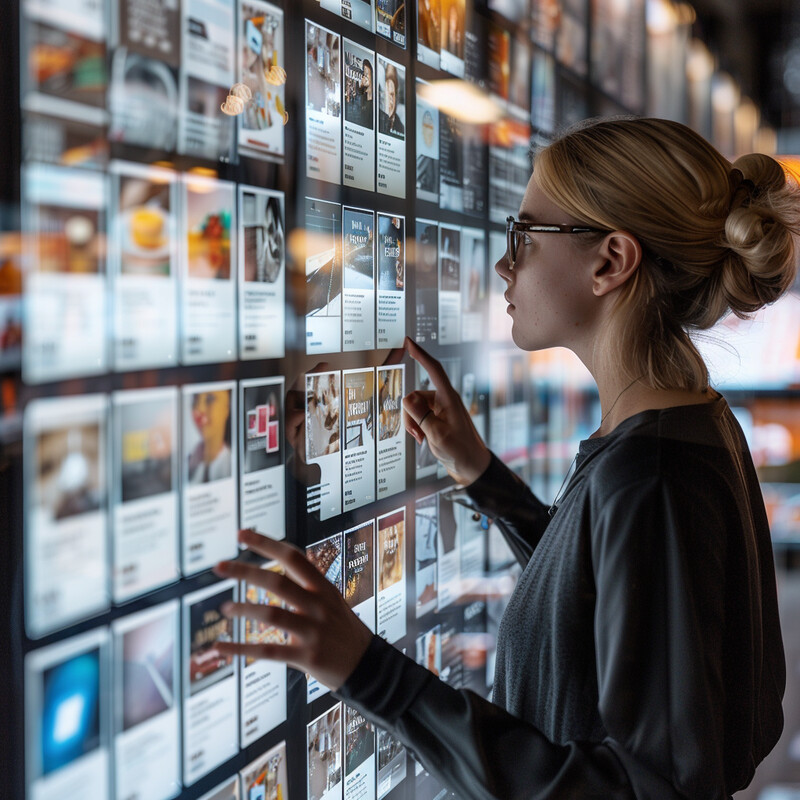
The benefits of AI-driven ad personalization are evident in real-world results. Adidas, for instance, achieved a 30% increase in conversion rates across its digital advertising campaigns after implementing AI-driven ad personalization in its targeting. An Harvard Business Review case study in 2022 reported that by leveraging an AI system to analyze customer data (like past purchases and browsing behavior) and personalize ad content accordingly, Adidas saw significantly more of its online ad viewers convert into purchasers than before (Harvard Business Review, 2022). This 30% uplift in conversions underscores how tailoring ads to individual preferences with AI can dramatically improve advertising effectiveness for major brands.
4. Predictive Analytics for Ad Performance
AI’s predictive analytics capabilities allow marketers to forecast how campaigns and creatives will perform before and during a campaign, enabling proactive optimization. By analyzing historical campaign data, market trends, and user behavior patterns, machine learning models can predict key performance indicators – such as click-through rates, conversion rates, or cost per conversion – for different ad strategies. This helps advertisers in multiple ways: (1) they can identify which ads or targeting strategies are likely to yield the best results and allocate budget accordingly, (2) they can forecast outcomes like total conversions or revenue for a given spend, and (3) they can detect early if a campaign is underperforming and adjust in real time. In essence, instead of reacting after an ad campaign fails to meet goals, AI predictions enable marketers to anticipate results and refine their approach (creative, timing, audience mix) to maximize success. This data-driven foresight makes marketing campaigns more efficient and effective, as decisions are based on likely future performance rather than guesswork.
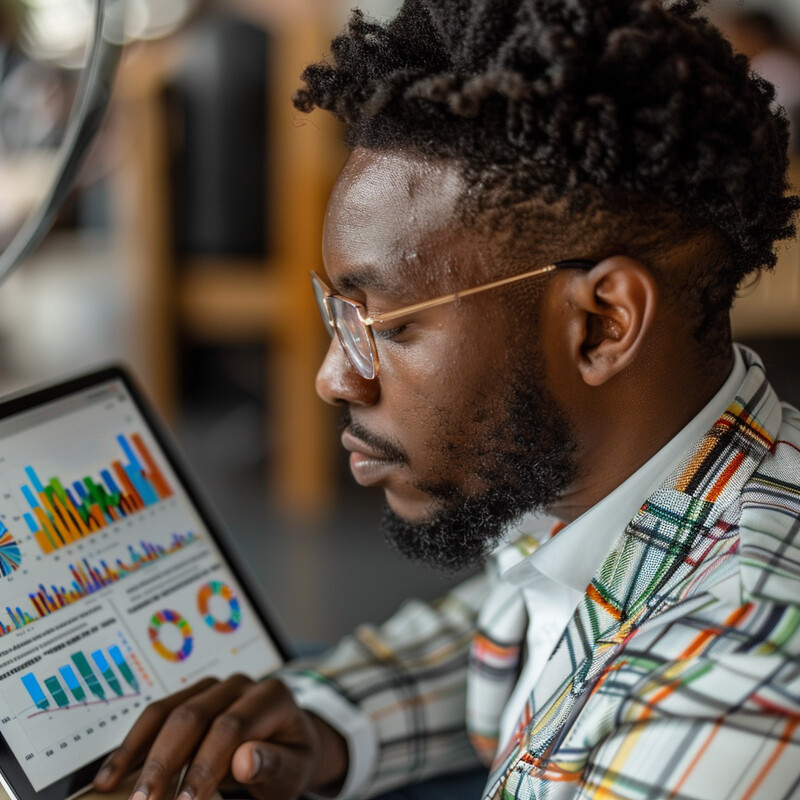
Data supports that using AI to forecast campaign performance leads to markedly better outcomes. In 2023, Forrester Research reported that companies using AI-driven predictive analytics for campaign planning saw a 37% increase in campaign effectiveness and a 25% reduction in unsuccessful campaign launches compared to those relying on traditional methods. In practice, this means AI forecasting tools helped marketers significantly improve their campaign hit-rate – more of their campaigns met or exceeded goals – by predicting what strategies would work best and flagging likely flops before launch (Forrester, 2023). Fewer failed campaigns and more effective ones translate to substantial gains in marketing ROI thanks to AI’s predictive power.
5. Fraud Detection
AI plays a crucial role in detecting and preventing advertising fraud, which includes fake clicks, bot impressions, and other schemes that siphon ad dollars. Digital ad fraud is a moving target – fraudsters create ever-more sophisticated bots and fake websites to generate fraudulent ad traffic. AI systems are well-suited to combat this because they can analyze enormous streams of impression and click data in real time, identify patterns or anomalies indicative of fraud, and block suspicious activity before it costs the advertiser money. For example, machine learning models can learn the typical behavior of genuine users versus bots (in terms of click timing, cursor movement, etc.) and filter out the latter. They can also cross-verify user data points (location, device, browser) to flag inconsistencies. By continuously learning from new fraud attempts, AI-driven fraud detection adapts quickly to novel schemes – much faster than manual rules can. In essence, AI provides a constantly vigilant defense, significantly reducing the waste of ad spend on fraudulent impressions and ensuring that campaign metrics (like clicks and conversions) remain clean and reliable.
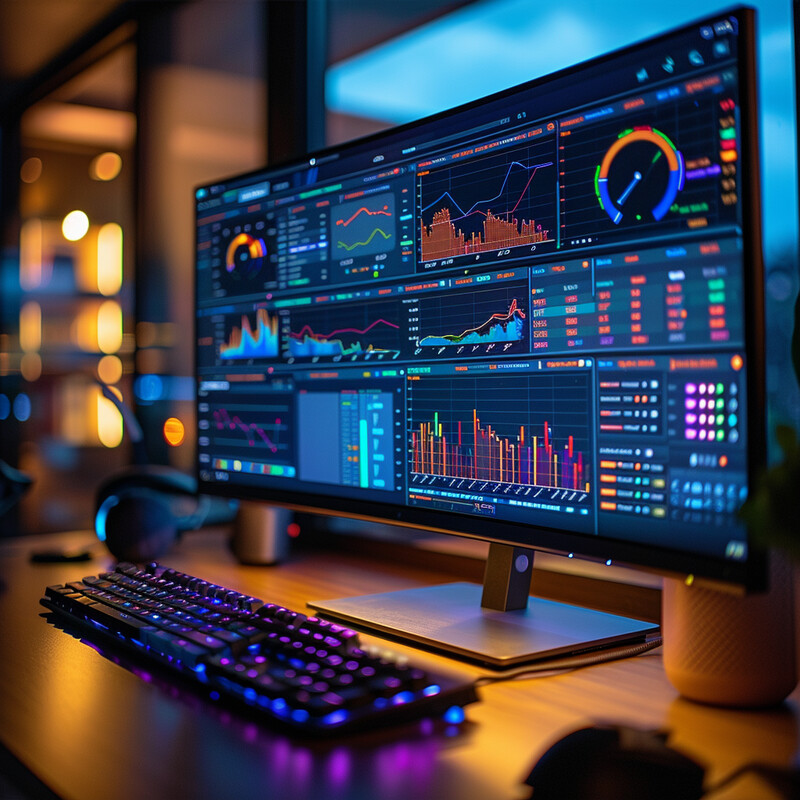
The scale of online ad fraud – and the need for AI to fight it – is illustrated by recent figures. In 2023, an estimated 22% of all digital advertising spend, about $84 billion, was lost to fraudulent activities such as bot traffic and fake clicks. This finding (from a Juniper Research report) underscores how enormous the challenge is and why advertisers are increasingly relying on AI tools to combat it. In fact, many companies now use AI-based fraud detection platforms that can detect and eliminate fake impressions in real time, saving millions of dollars. By quickly recognizing patterns of invalid traffic that humans can’t easily spot, AI-driven systems are increasingly essential to curbing ad fraud and protecting advertising ROI.
6. Optimal Ad Placement
AI helps determine the optimal placement of ads – deciding where and when an ad should appear for maximum impact. This involves both selecting the right channels or publishers and the ideal context within those channels. AI algorithms can analyze context data (such as the content of a webpage, or the type of audience that frequents an app) to ensure ads appear in environments that align well with the advertiser’s target audience and brand safety requirements. For example, AI-driven contextual advertising systems “read” page content and only place an ad if the surrounding text or imagery is relevant and suitable. Additionally, AI can learn which sites, apps, or placements yield the highest engagement or conversion rates and adjust the media plan accordingly, allocating more budget to the best-performing placements. Timing and frequency decisions are also optimized – AI might find that a user is more likely to engage with ads in the evening on mobile, for instance, and adjust bidding to show more ads at that time. By making sense of large amounts of placement data and continuously reallocating spend to the top performers, AI ensures that ads are shown in the right places at the right moments, which improves visibility and effectiveness while avoiding wasted impressions in poor environments.

Marketers are increasingly turning to AI-based solutions to decide optimal ad placements, especially as traditional targeting (like third-party cookies) becomes less effective. In a 2022 industry survey, 49% of brand marketers said they are looking to contextual advertising – which relies on AI to place ads in relevant content environments – as a key strategy to replace cookie-based targeting. This shift indicates strong confidence that AI-driven ad placement (via contextual analysis) can deliver better results by matching ads to the surrounding content and audience. In practice, advertisers using these AI-powered contextual placement tools have reported improved engagement and brand safety, as the ads naturally align with what the consumer is reading or watching.
7. Dynamic Creative Optimization (DCO)
Dynamic creative optimization is an AI-driven approach to automatically tailor ad creative variations to each user and context, and to continuously improve those creatives based on performance data. Instead of manually designing one or two versions of an ad, advertisers supply various creative assets (headlines, images, calls-to-action, colors, etc.), and the DCO system algorithmically combines and customizes them on the fly. AI decides which version of an ad to show a particular viewer – for instance, a travel ad might highlight family-friendly destinations to a parent but adventure tourism to a young adult, using different imagery and text for each. Over time, the AI learns which creative elements perform best for each segment or context and optimizes accordingly (similar to multivariate testing at scale). This means the creative is not static: it “evolves” in real time to become more engaging and relevant to its audience. The result is often higher click-through and conversion rates, because each user sees the ad variant most likely to appeal to them. AI DCO also greatly speeds up the testing cycle; what used to require weeks of A/B testing can now happen in minutes, with the system quickly reallocating impressions to top-performing creative combinations. Overall, AI-powered DCO ensures that creative content is as personalized and optimized as the targeting, maximizing the effectiveness of ad design.
-3.jpg)
The improvements from dynamic creative optimization can be striking. In one case study, the global healthcare brand Haleon used an AI-based DCO platform to personalize its ads at scale, and the campaign saw a 94% increase in click-through rate (CTR) on video ads compared to the brand’s previous benchmarks. Not only did engagement nearly double, but the AI-optimized campaign was also 12% more cost-efficient in terms of spend, according to the report. This example demonstrates how using AI to automatically test and serve the best-performing ad creative to each audience can dramatically boost user engagement while reducing waste, far outperforming static creatives.
8. Cross-channel Marketing Optimization
AI is increasingly used to optimize marketing across multiple channels (search, social, email, display, etc.) in an integrated fashion. Modern consumers interact with brands on a variety of platforms, and AI helps marketers coordinate these touchpoints to provide a cohesive experience and maximize overall campaign performance. One key role of AI here is to analyze cross-channel data – such as customer journeys, conversion paths, and attribution – to determine how each channel contributes to a goal (like a sale) and where to allocate budget for the best collective outcome. AI might discover, for example, that a sequence of seeing a social ad, then a search ad, then an email is the ideal conversion path for certain customers. Marketers can then ensure those channels work in concert (sometimes called “omnichannel orchestration”). AI can also adjust spending dynamically between channels: if, say, display ads start underperforming but search ads are exceeding expectations, the system can shift budget in real time. Additionally, AI aids cross-channel personalization – making sure the messaging a user sees on each channel is consistent and appropriately sequenced (perhaps an AI decides to show an awareness message on Facebook, followed by a product-specific message via email). By optimizing the media mix and messaging timing across all platforms based on data, AI breaks down channel silos and improves the efficiency and effectiveness of marketing as a whole. This leads to better ROI and a more seamless customer experience.
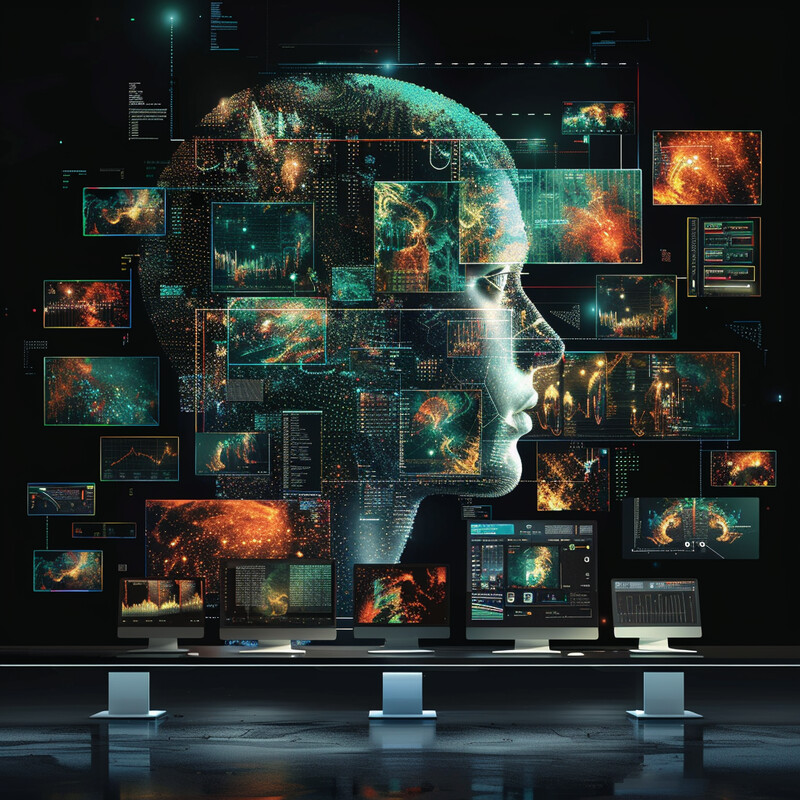
Companies adopting AI for cross-channel optimization have reported substantial gains in marketing efficiency. McKinsey research indicates that utilizing AI to orchestrate campaigns across channels can increase marketing spend efficiency by roughly 5–15% (i.e. getting more results per dollar) through smarter budget allocation and targeting decisions (McKinsey, 2024). In one analysis, businesses that employed AI to unify customer data and coordinate ads on different platforms were able to cut waste and redundant spend, improving ROI significantly versus those managing channels separately. Additionally, industry surveys show rapid adoption of AI in this area – for example, by 2025 only about 4% of retail marketers reported not using some form of AI in their cross-channel strategy, down from 20% just a year prior. These trends underscore how integral AI has become in tying together multi-channel marketing and driving better overall outcomes.
9. Customer Lifetime Value Prediction
AI allows companies to predict customer lifetime value (CLV) more accurately by analyzing patterns in customer behavior and attributes over time. CLV is a metric that estimates how much revenue a customer will generate throughout their relationship with a business. AI-based CLV models take into account a wide array of data – purchase history, frequency, average order value, engagement with marketing, customer service interactions, etc. – and use machine learning to forecast each customer’s likely future spending. This is extremely valuable for optimization: if a model predicts that a particular customer has a high CLV, the business might devote more marketing and retention resources to that person (such as special offers or dedicated support) to nurture that valuable relationship. Conversely, lower-CLV customers might be approached with cost-effective strategies. AI-driven CLV segmentation helps prioritize top customers (“VIP” segments) and personalize strategies to increase each segment’s value (for instance, by cross-selling or upselling products that an algorithm predicts the customer is likely to buy next). Ultimately, AI improves on traditional CLV calculations by continuously learning from new data – if a customer’s behavior changes, the prediction updates. Businesses leveraging these predictions can increase long-term profitability by focusing on customer relationships that yield the highest returns, and by proactively intervening (with retention offers or loyalty rewards) when a high-value customer shows signs of churning.

The importance of identifying high-CLV customers – and thus the value of AI predictions – is highlighted by the well-known 80/20 rule in revenue. According to Gartner, roughly 80% of a company’s future revenue will come from just 20% of its existing customers. This insight, echoed in industry analyses, underlines why focusing on the right customers is critical. AI-based CLV prediction makes this feasible by pinpointing exactly which customers are likely to fall into that profitable 20%, enabling targeted retention and loyalty efforts. For example, predictive models might flag a customer as high lifetime value, leading the brand to enroll them in an exclusive VIP program or send retention incentives – actions aimed at maximizing that customer’s longevity and spend. Companies that have implemented AI CLV models have reported higher retention rates and customer spend; by using AI to zero in on the customers who matter most, they can boost overall customer lifetime profits and allocate marketing budgets much more effectively.
10. Content Optimization
AI aids in content optimization by evaluating and refining the marketing content that consumers see – from ad copy and images to landing page text and email subject lines. Traditionally, improving content involved A/B testing one or two variants and applying best-practice guidelines. AI, however, can analyze large volumes of data on how users interact with content (clicks, time on page, conversion rates, etc.) and learn what elements drive better engagement or SEO performance. Natural language processing algorithms can suggest more compelling phrasing, adapt tone to match the audience, or incorporate high-performing keywords to improve search rankings. Computer vision might analyze which ad visuals attract more attention. AI can also automate multivariate testing of content: for example, simultaneously trying out dozens of headline variations and quickly identifying the winner. This results in continually improving content that is tailored to audience preferences. Moreover, generative AI can even create new content (text, images, videos) optimized for certain objectives, such as an AI writing many versions of a product description and picking the one that resonates best with consumers. Overall, AI-driven content optimization means marketing materials get smarter over time – adjusting language, design, and structure to maximize clicks, shares, or conversions – often leading to higher engagement and conversion rates than static content.
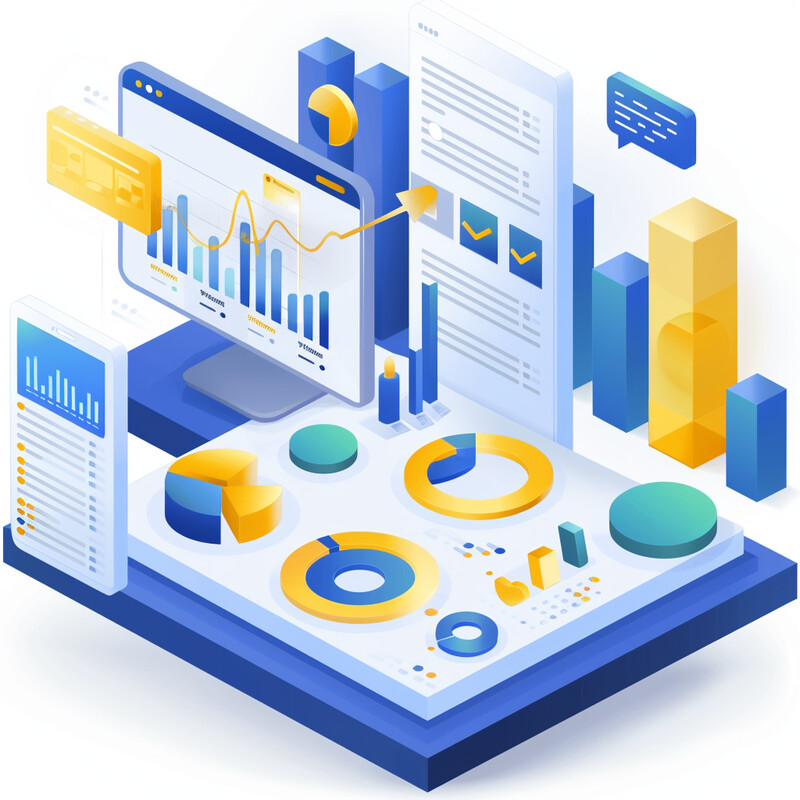
Many organizations have reported substantial improvements in content effectiveness after implementing AI tools. For instance, in one 2024 survey, 67% of businesses said the quality of their content improved and 65% saw better SEO results (higher search rankings) after adopting AI-driven content optimization tools. These findings suggest that AI isn’t just making content production more efficient, it’s also making the content itself perform better. By analyzing what type of articles, ads, or site copy users respond to – and optimizing accordingly – AI helps companies create content that ranks higher in search engines and engages customers more effectively. This translates into tangible benefits like more organic traffic and higher conversion rates. In short, real-world usage shows that AI-optimized content consistently outperforms content crafted and left static by human teams alone, validating the significant role of AI in content marketing success today.